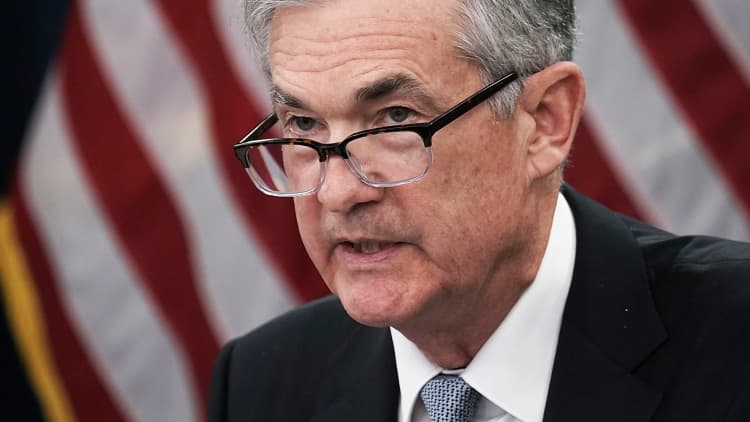A sea change in economic conditions has pushed interest rates considerably lower than they were in the past and are likely to stay there for a while, San Francisco Fed President John Williams said Friday.
While Williams did not give a specific forecast for rates ahead, he said the pace is likely to continue to be gradual. He spoke specifically about the so-called neutral rate, which is neither restrictive nor stimulative.
"Any way you try to cut this, slice and dice the data, the neutral rate appears to be much lower today than it was 10 or 15 years ago," he said during a speech in his current home district. "If you would have asked me 20 years ago ... what's the neutral interest rate, I would have said 4.5 percent. ... You ask my colleagues today, the answer today is 3 percent."
Williams has been nominated to switch coasts and take the presidency at the New York Fed, but has not been confirmed by the full central bank board yet.

He said rates have been held low by three factors: an aging population, declining productivity and a "savings glut" in which cash and equivalents remain in high demand.
The conditions will lead to a "gradual raising of the fed funds rate, as we've been doing for the last couple years."
The Fed has increased interest rates once this year and is expected to move two or three more times before 2018 ends. "Rich prices" in assets like stocks and real estate reflect the lower rates, Williams added.
In addition to hiking rates, the Fed is decreasing the size of its balance sheet, where it keeps the portfolio of Treasurys and mortgage-backed securities it accumulated during three rounds of economic stimulus begun during the financial crisis.
Williams said he expects the balance sheet, which peaked above $4.5 trillion, to get whittled down to about $3 trillion.


